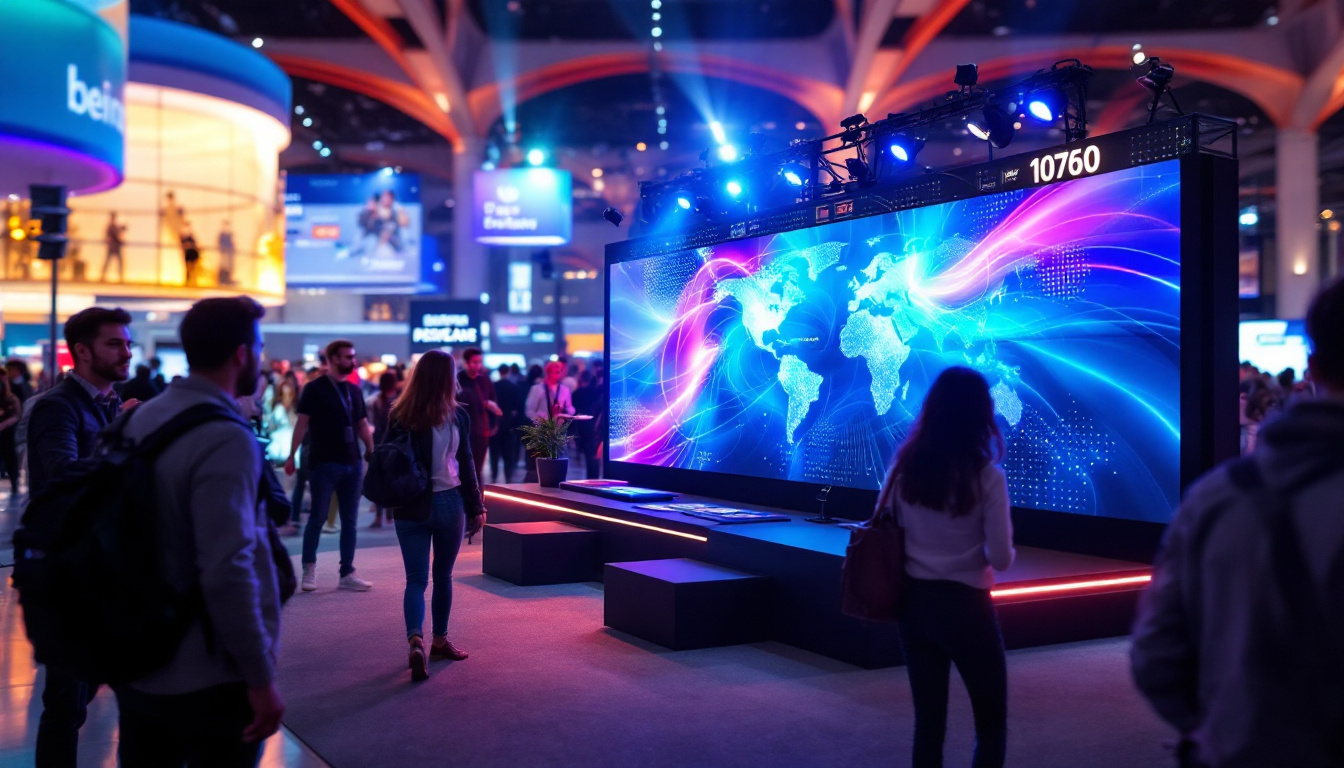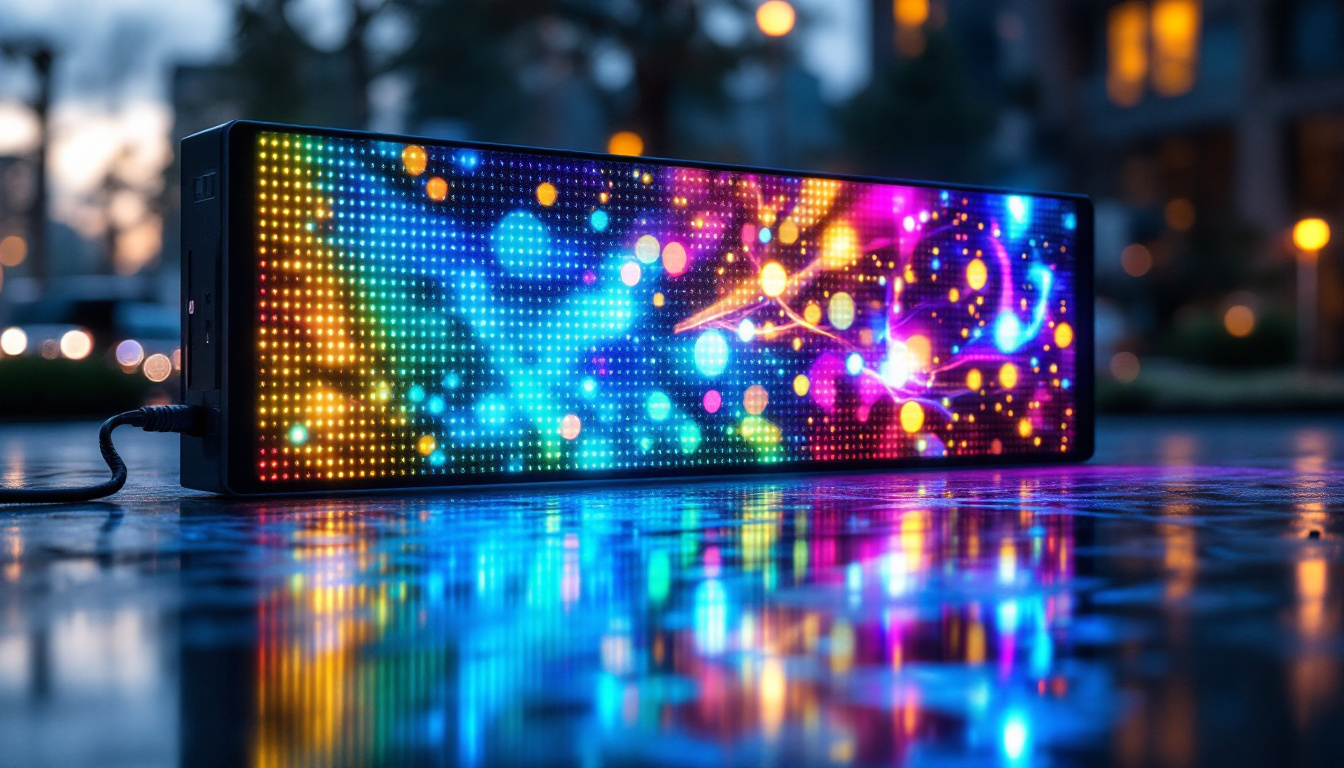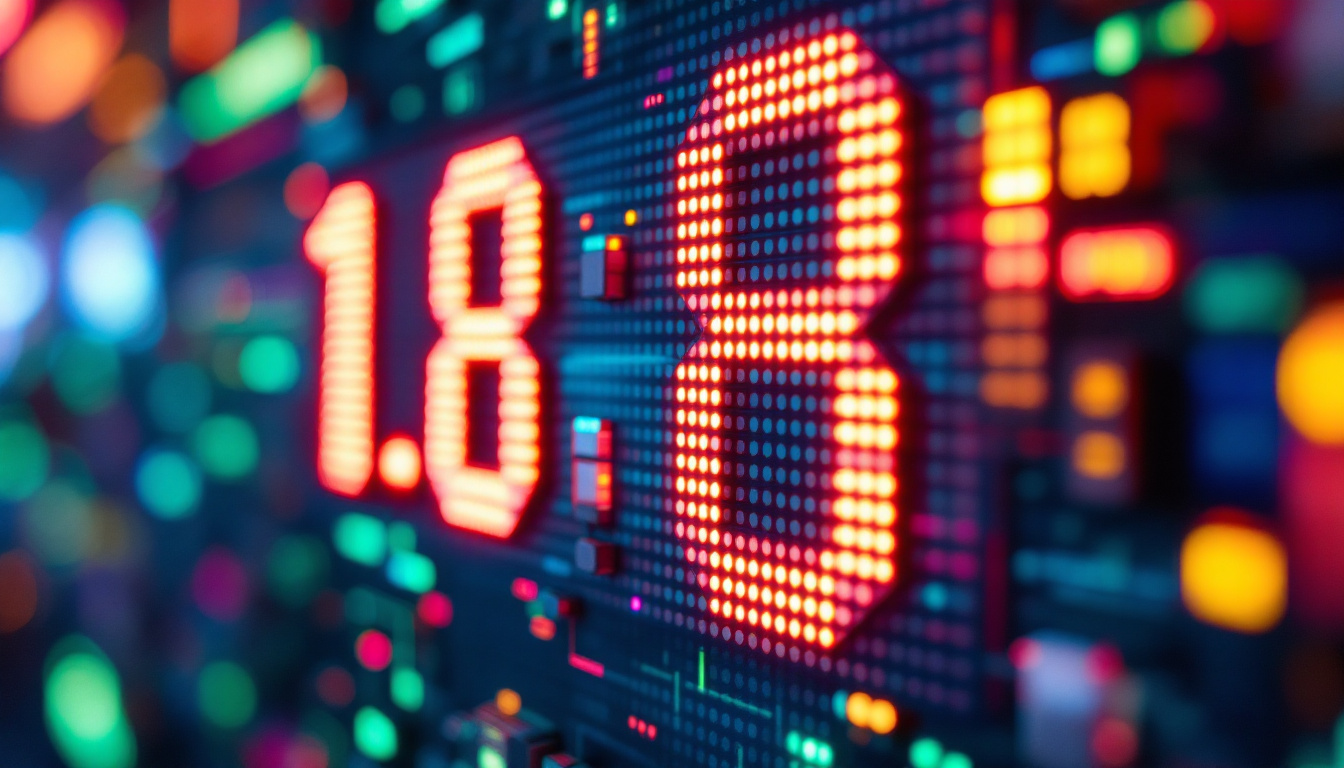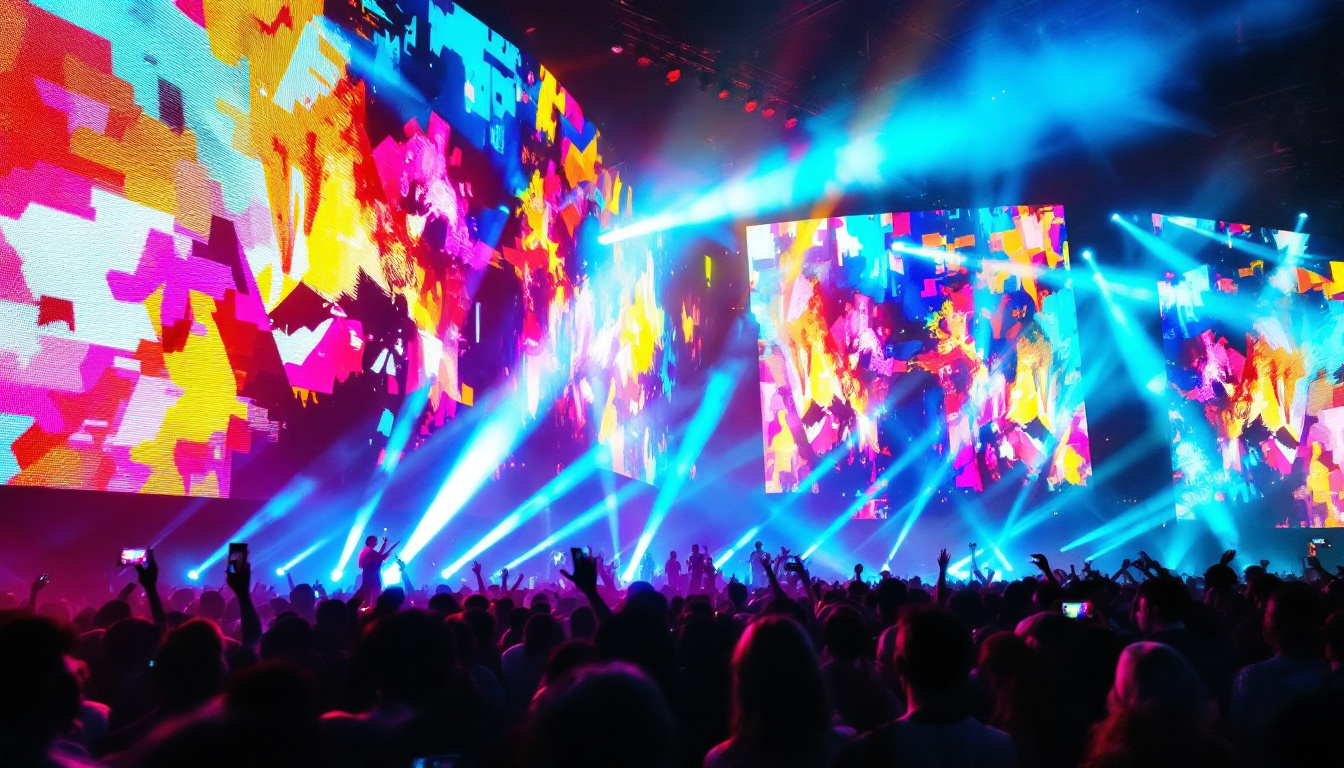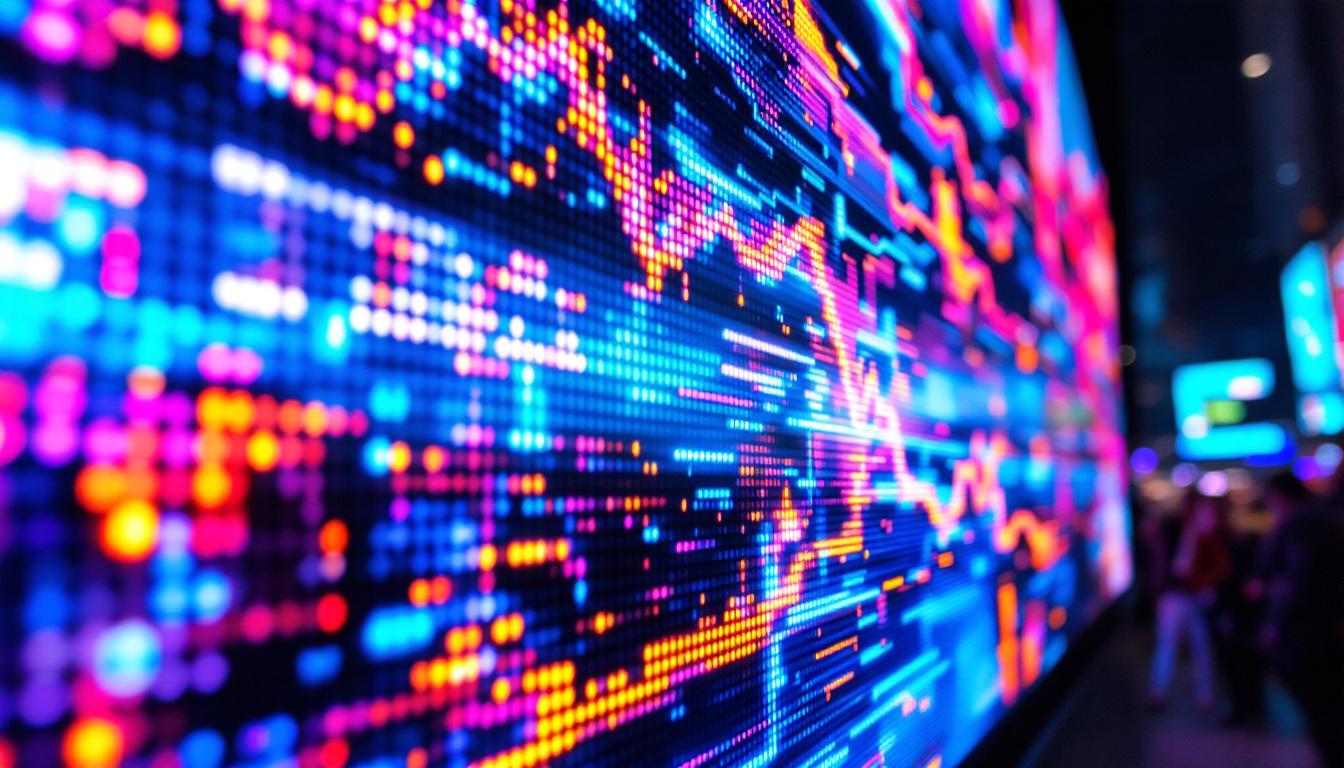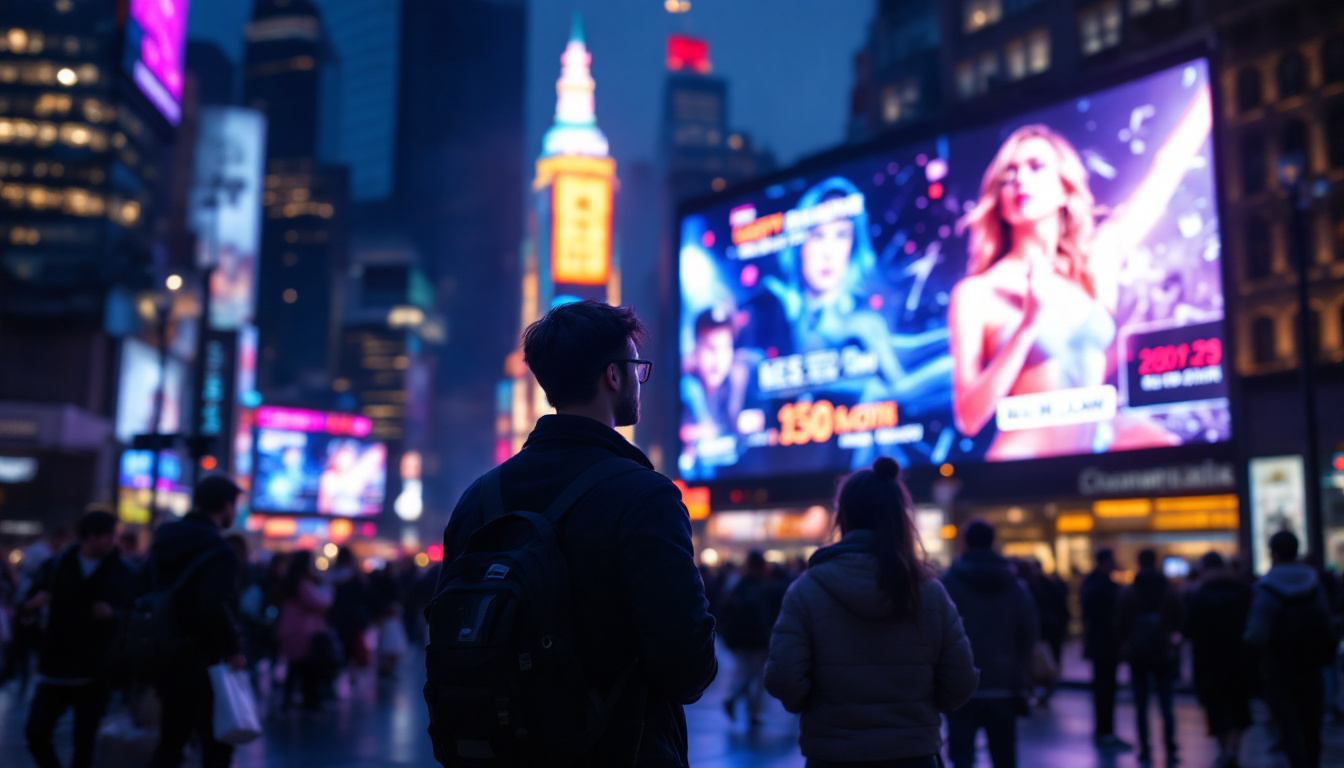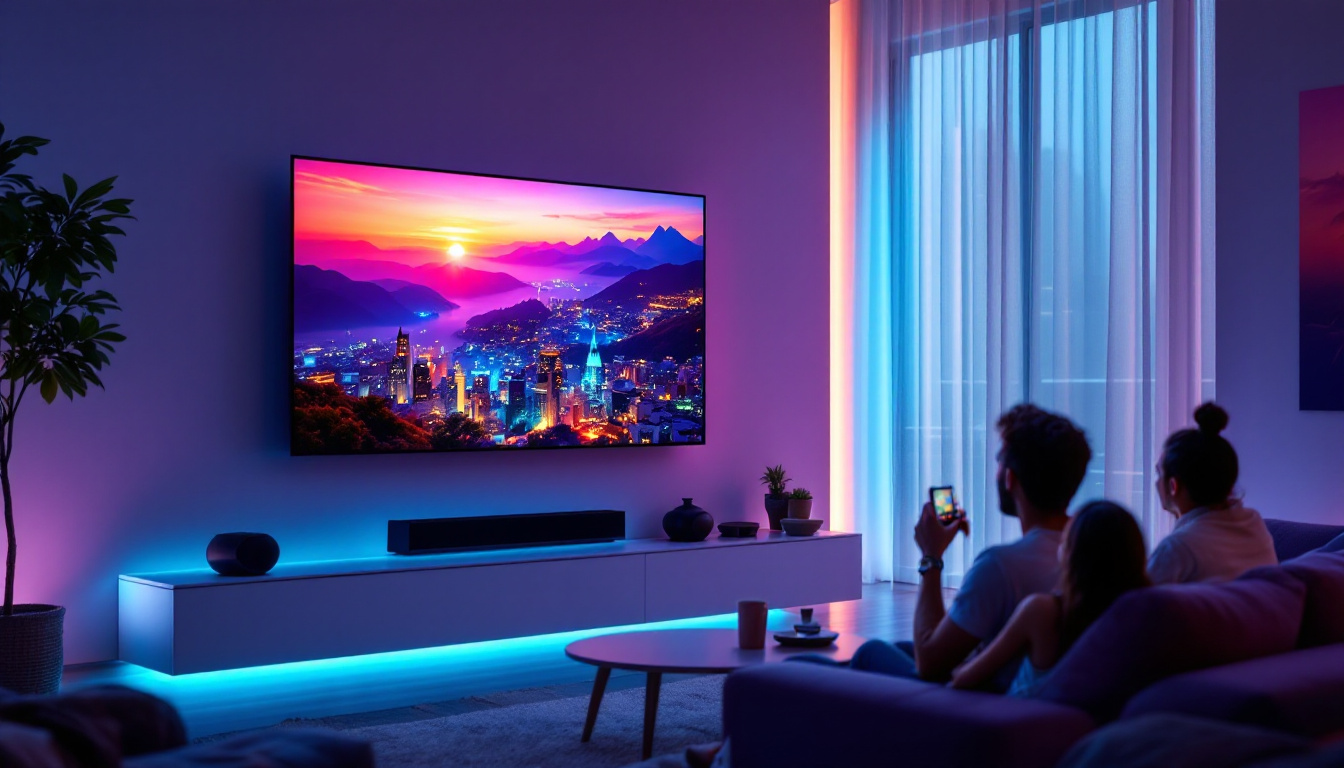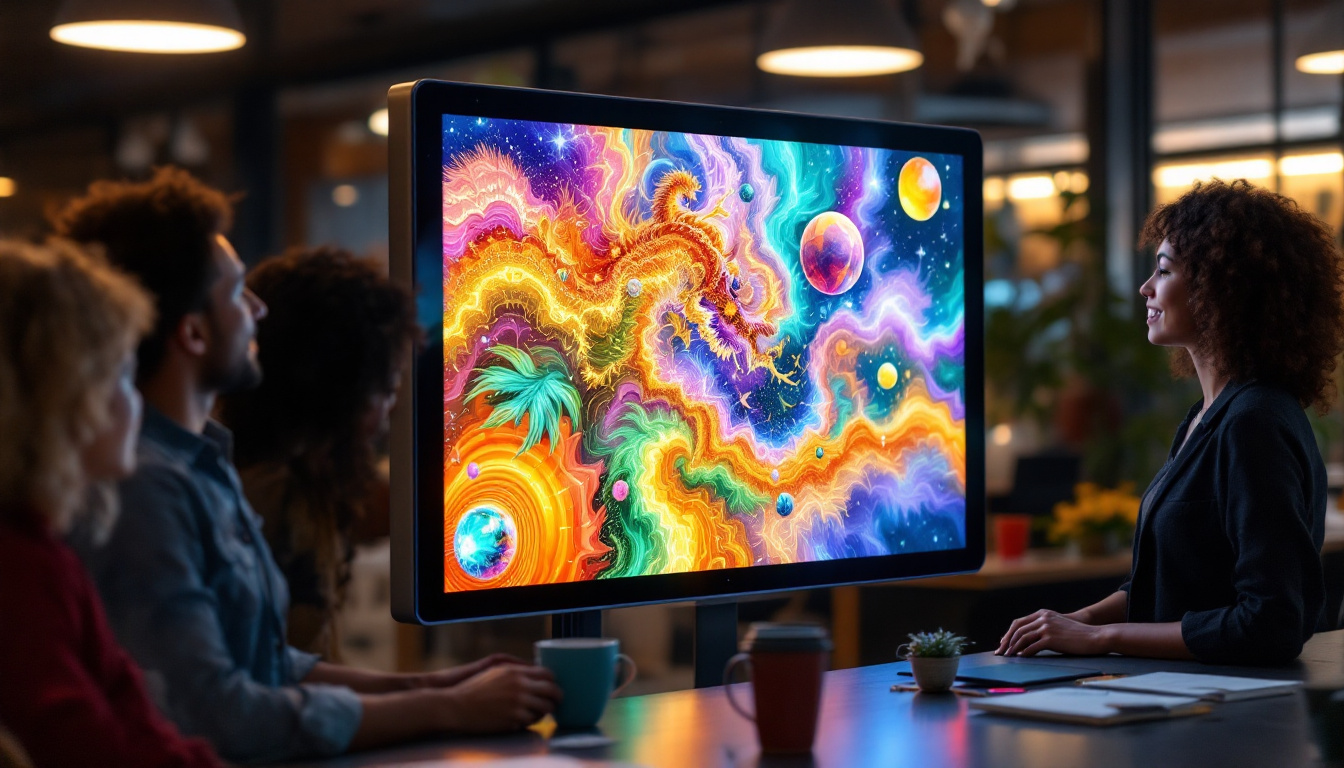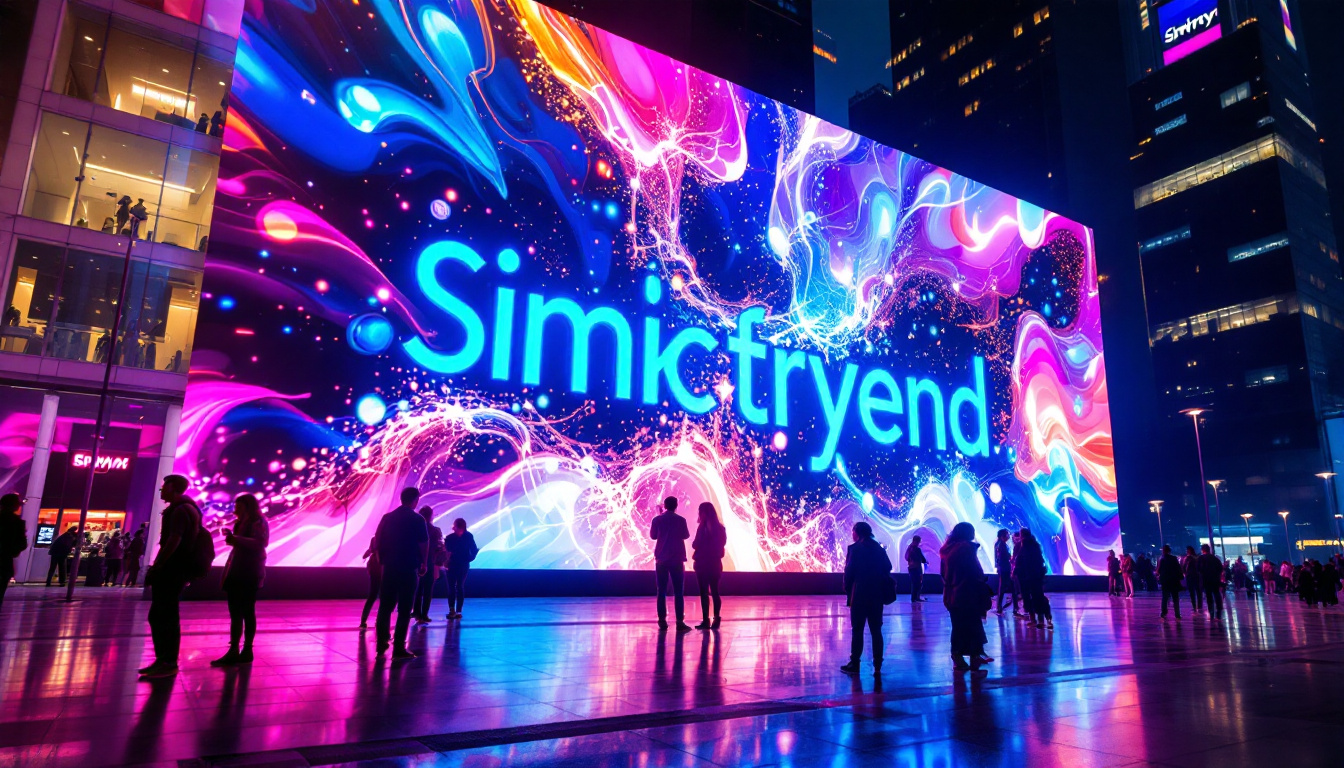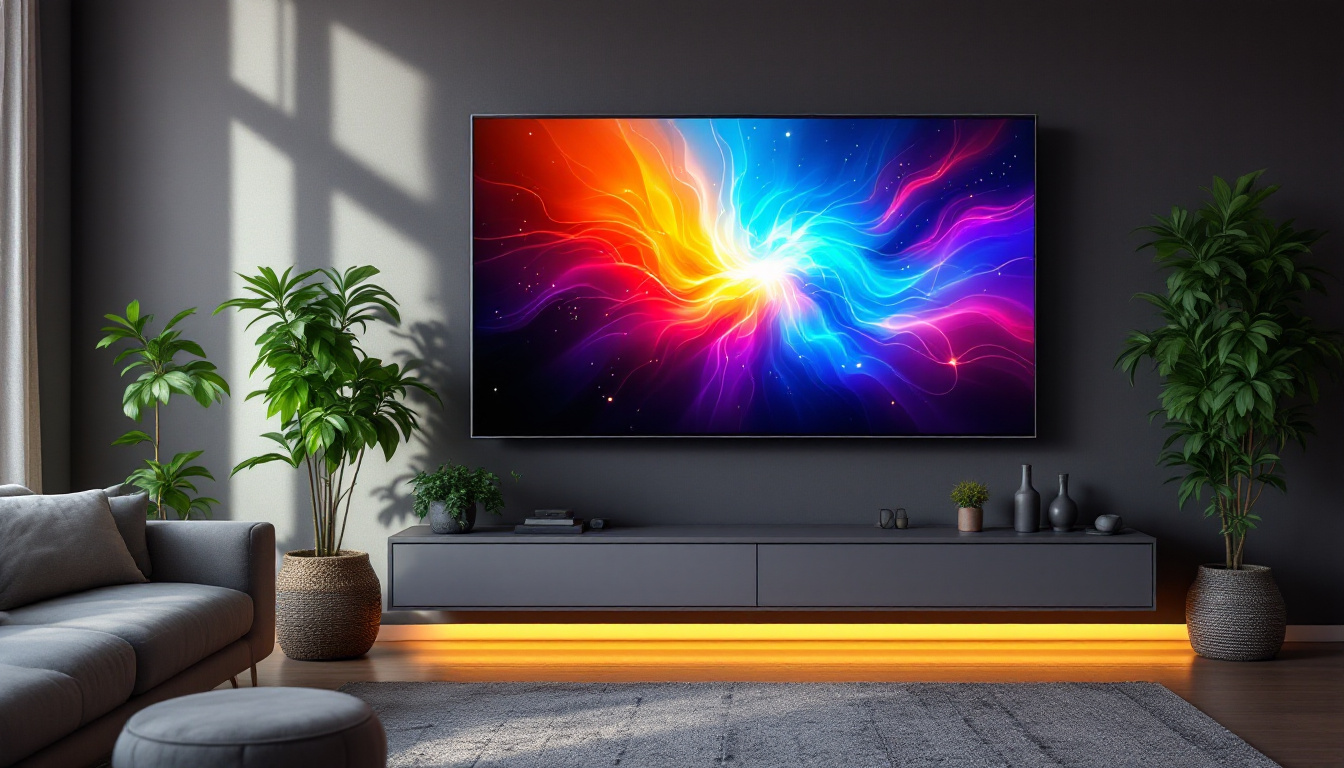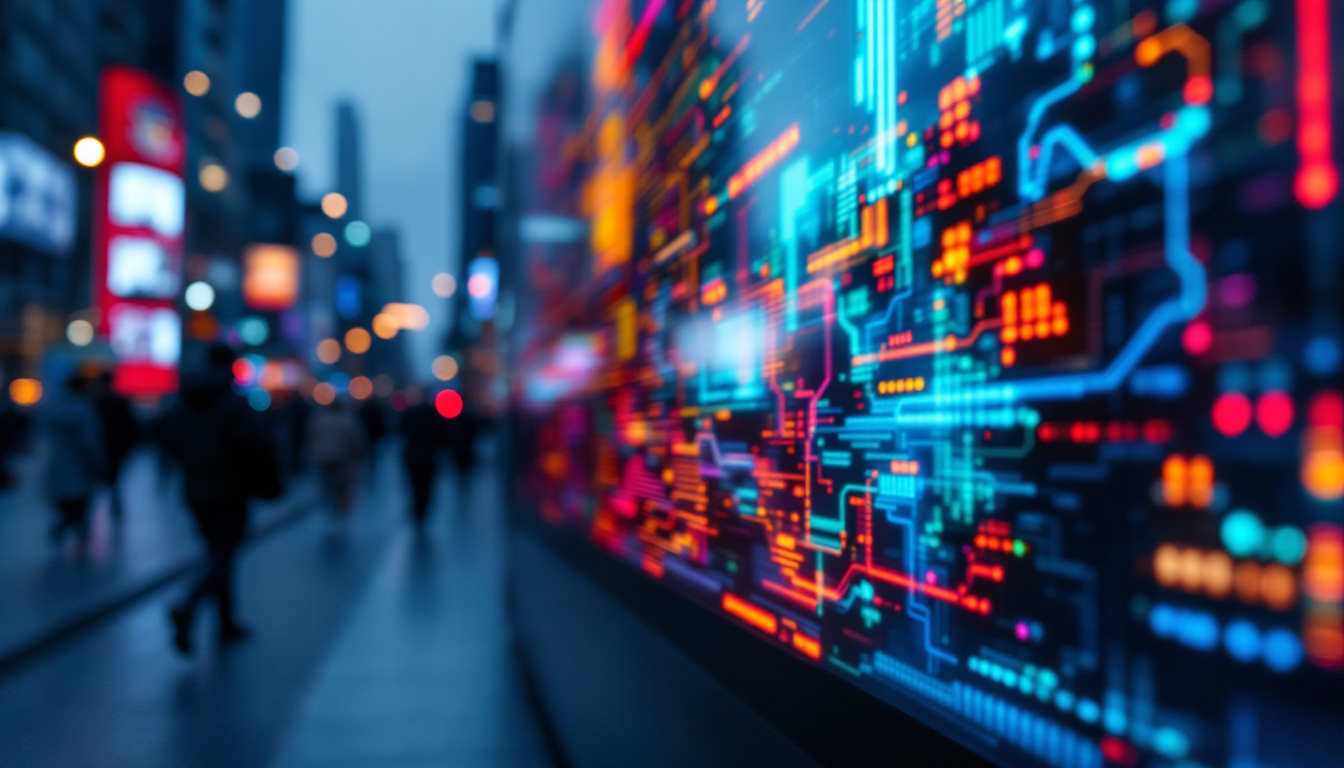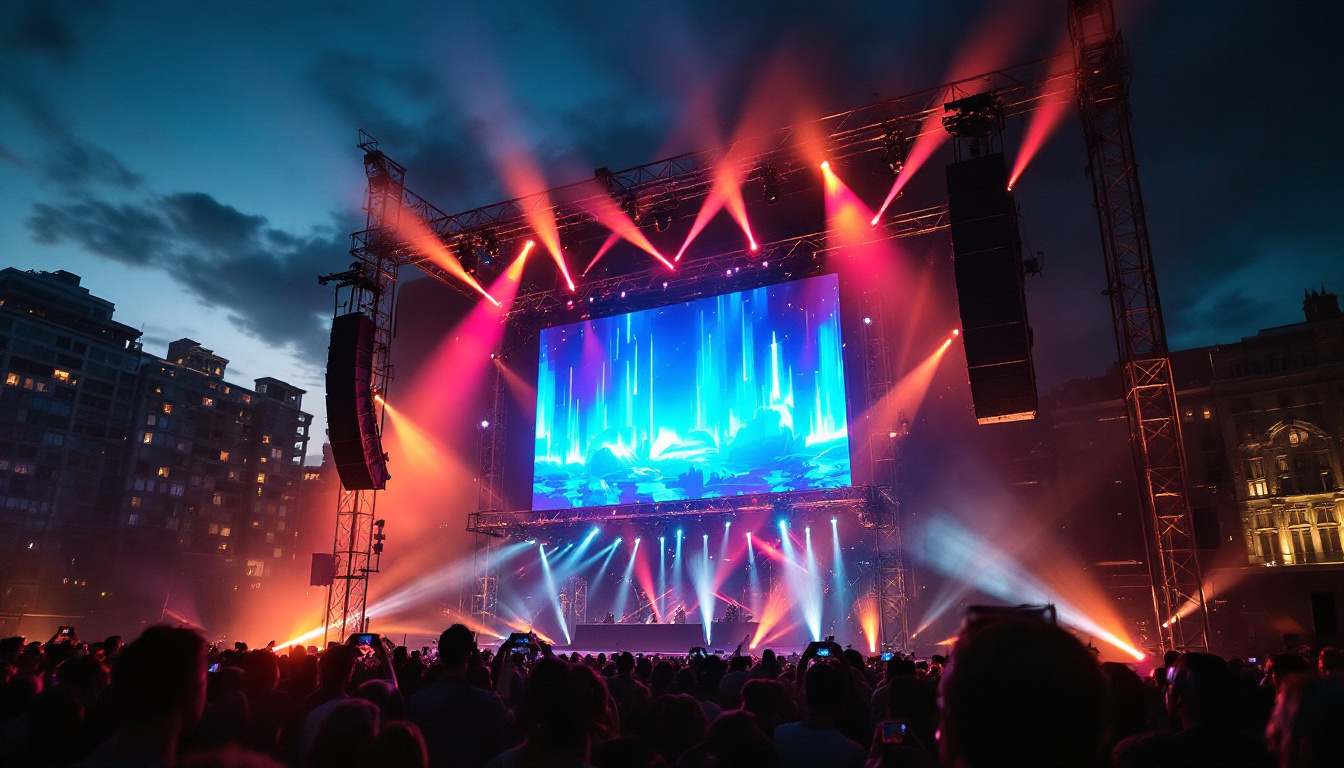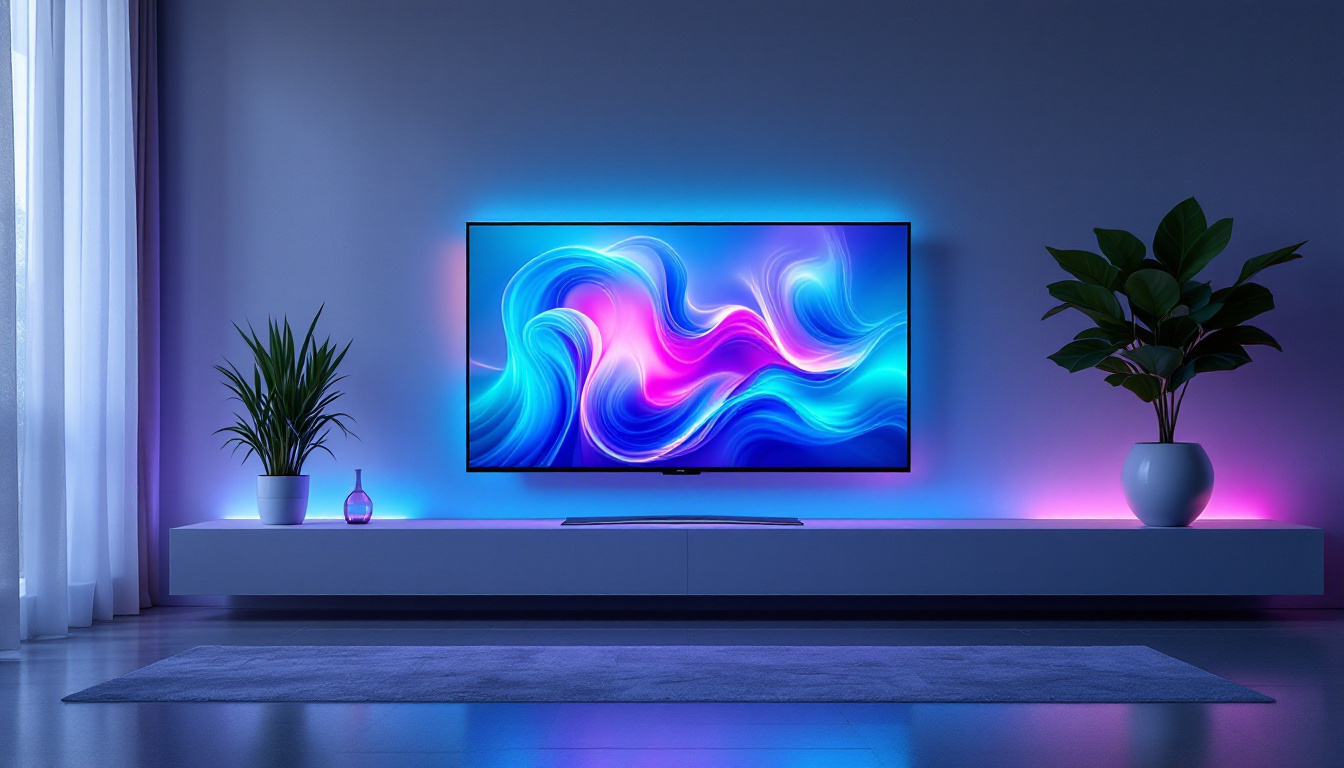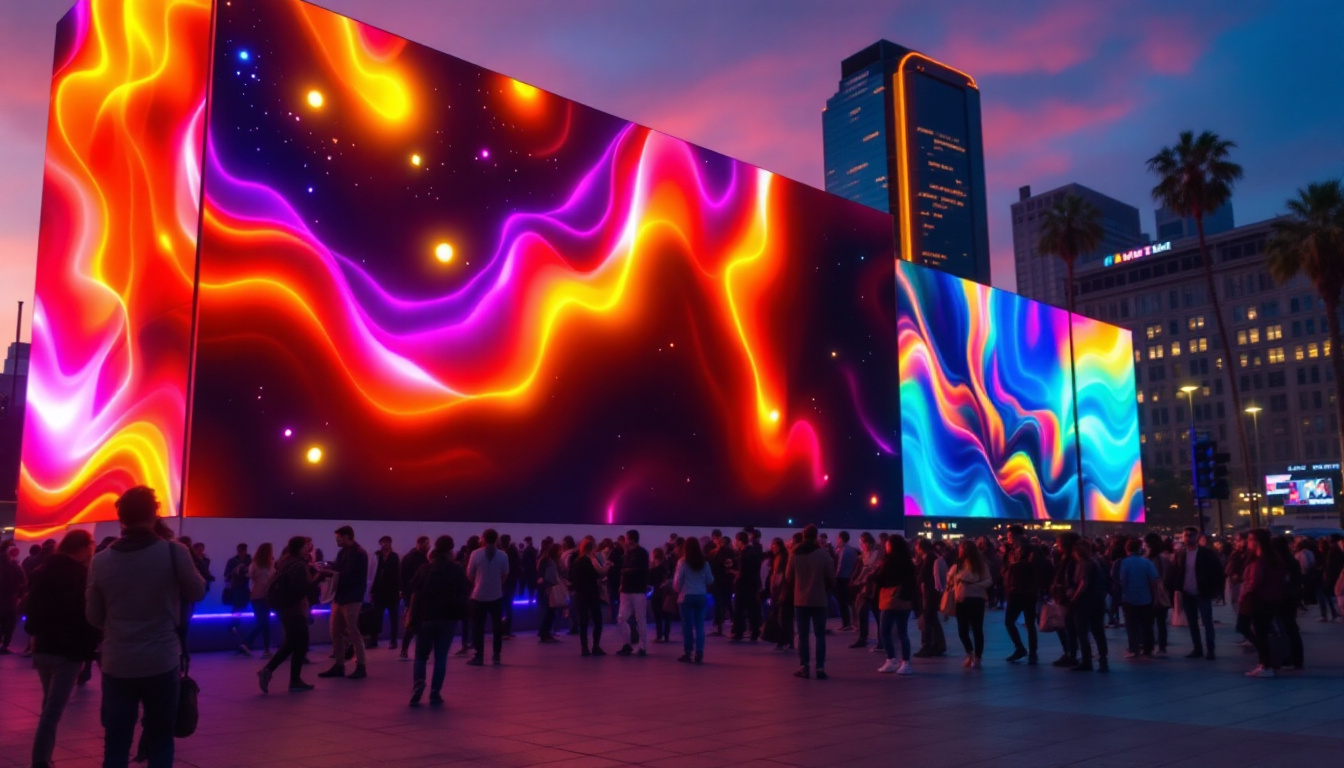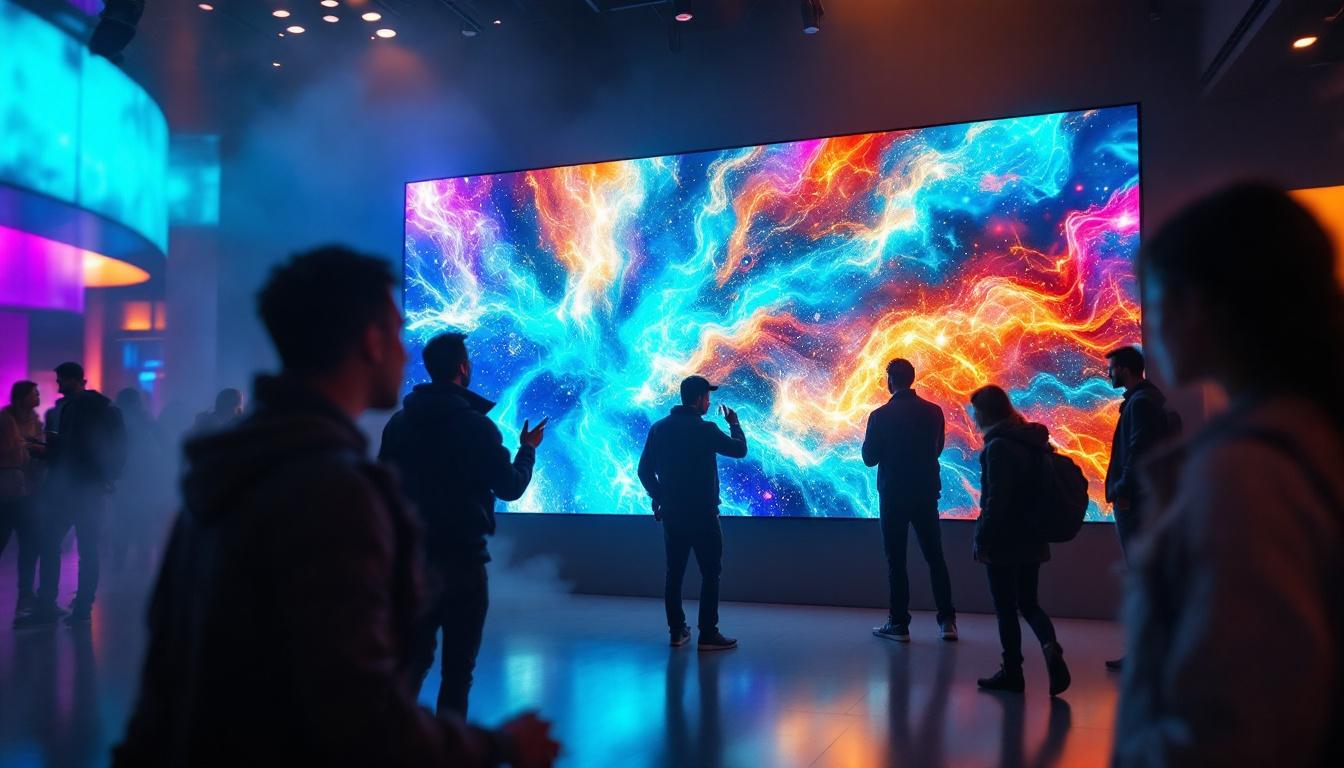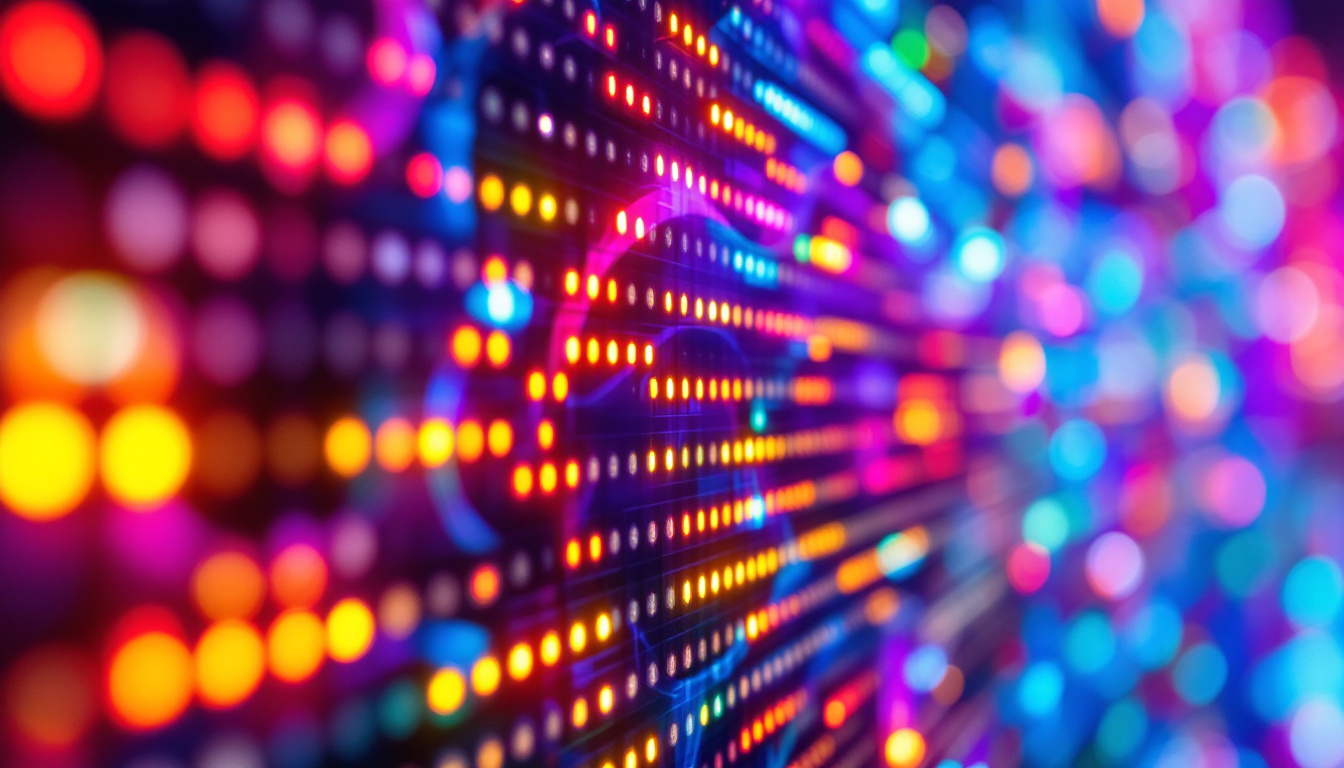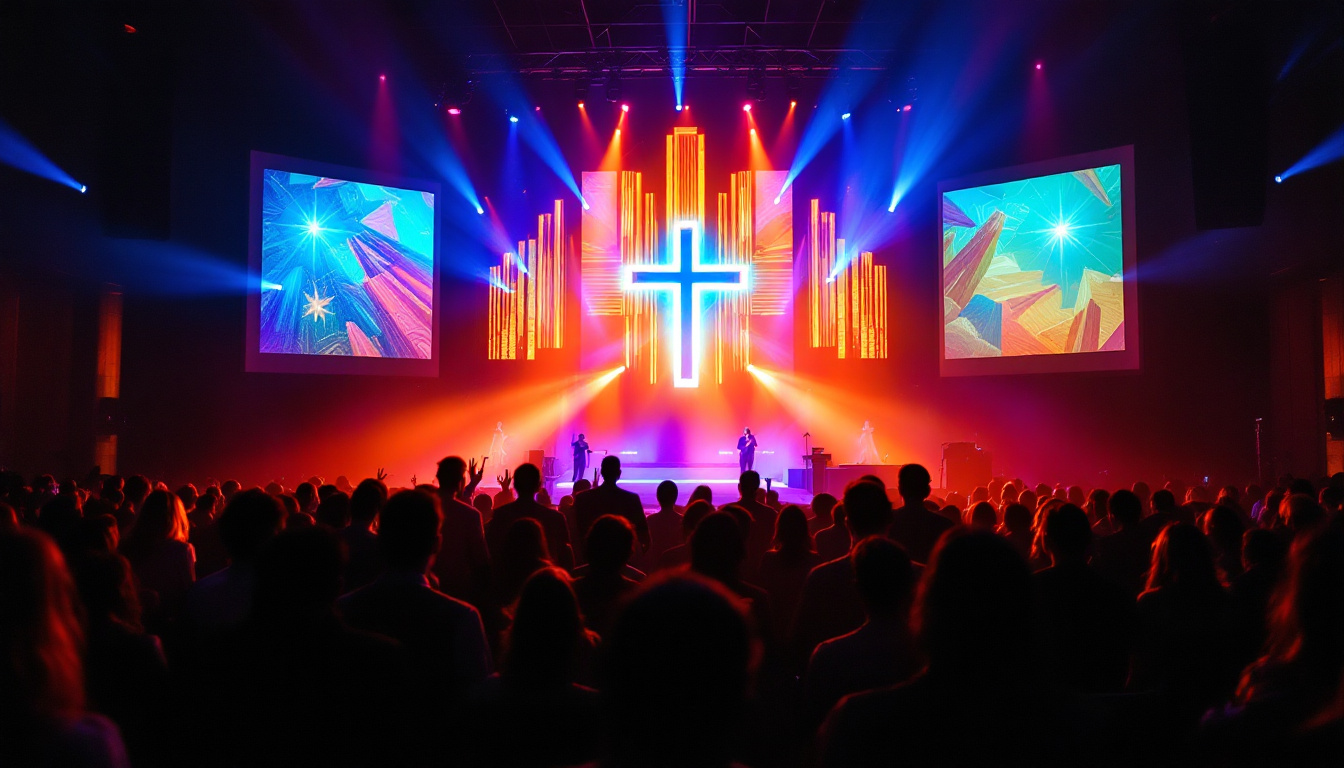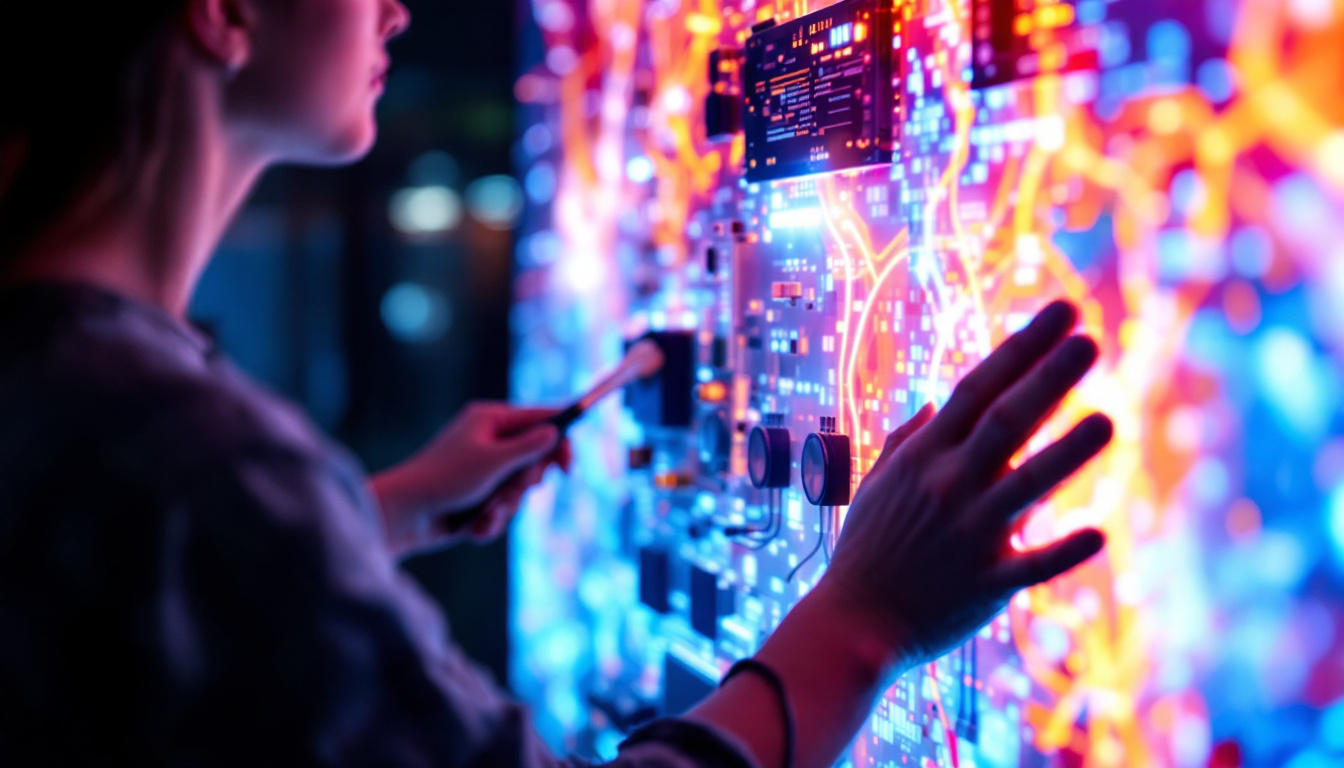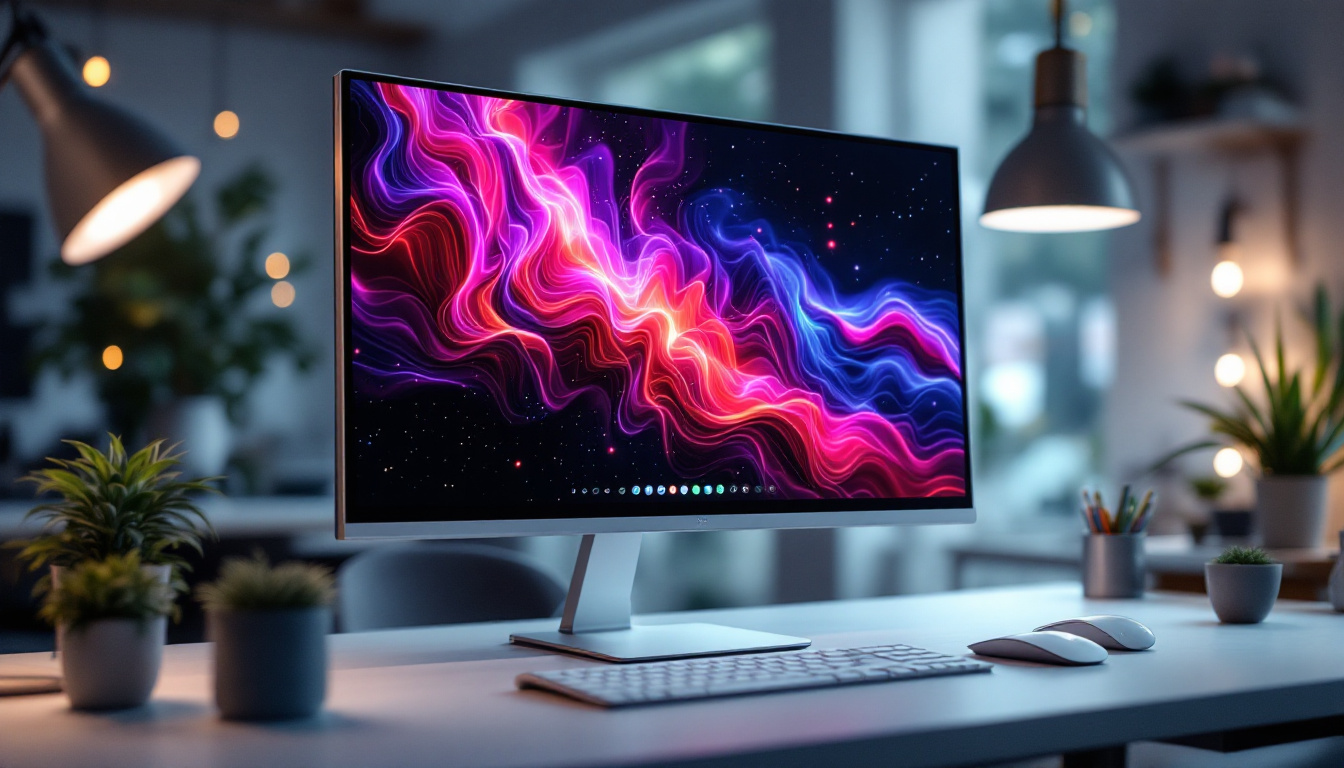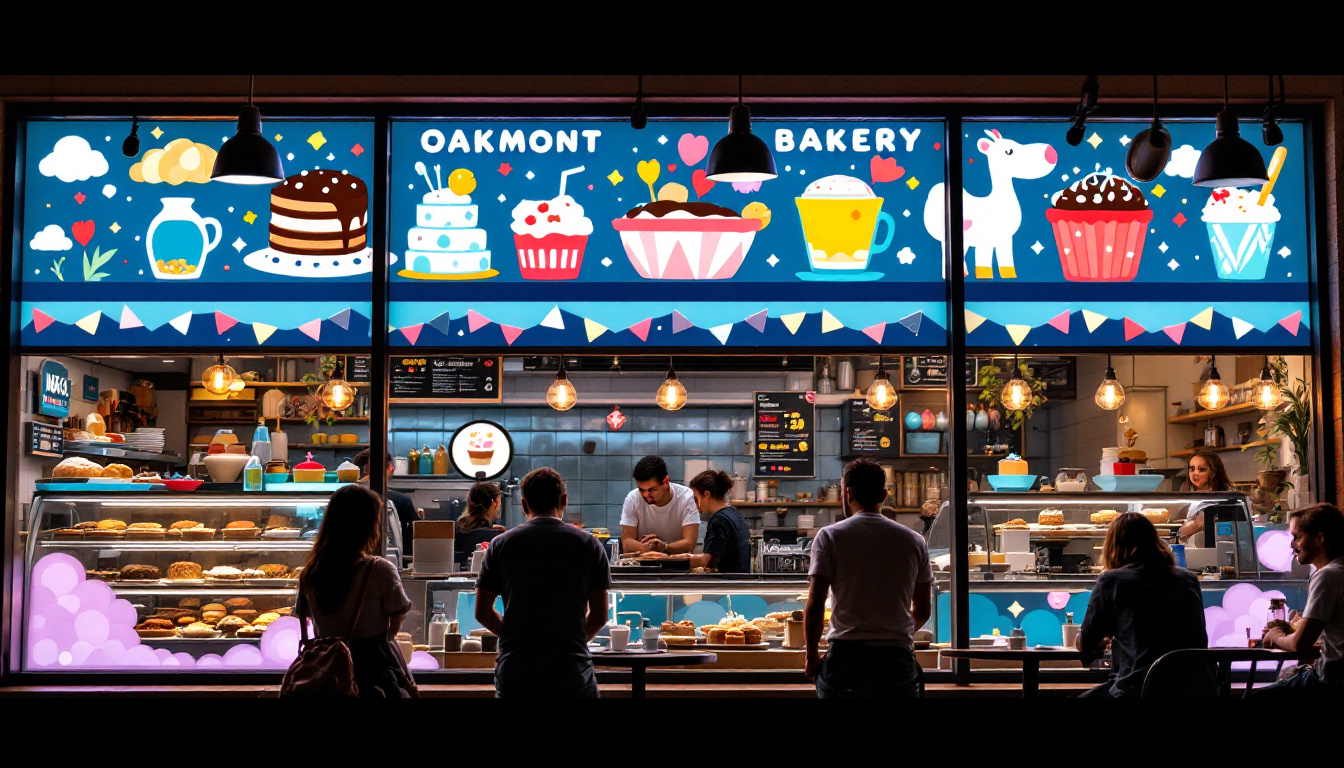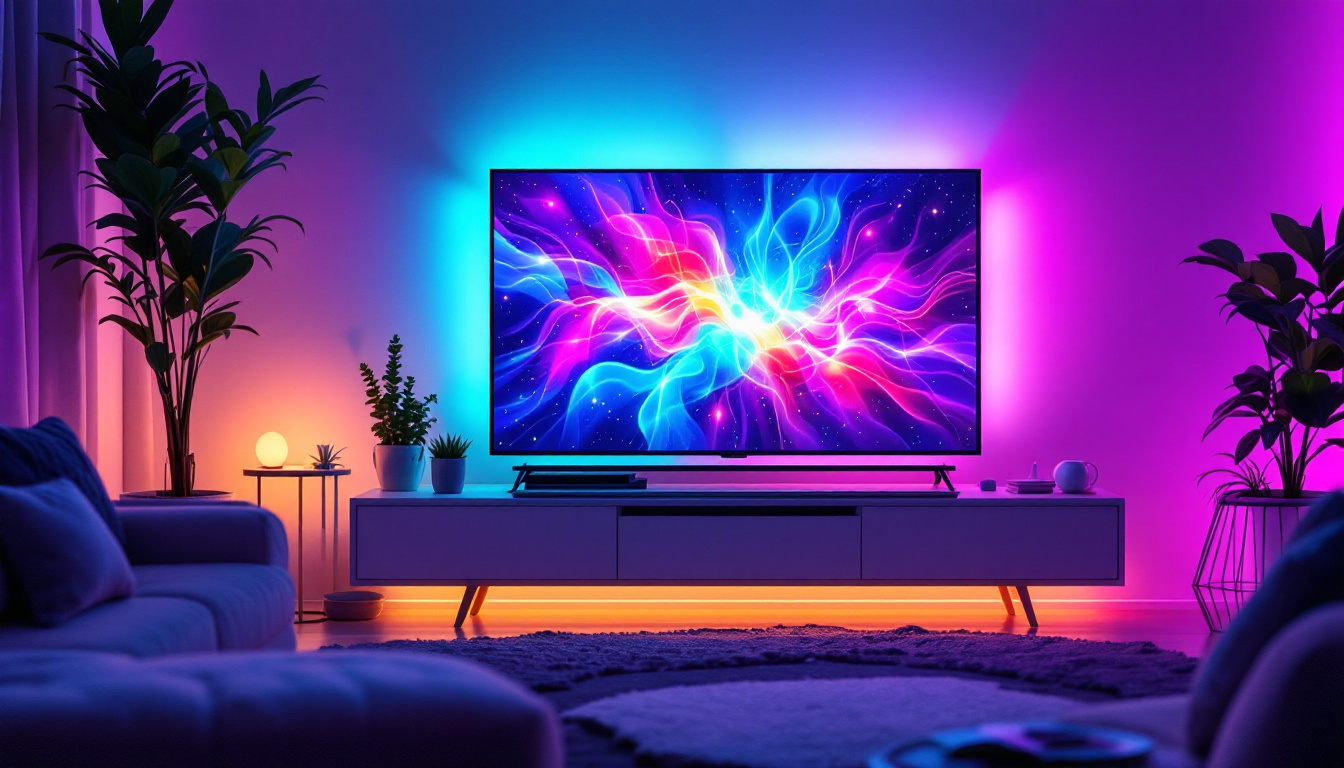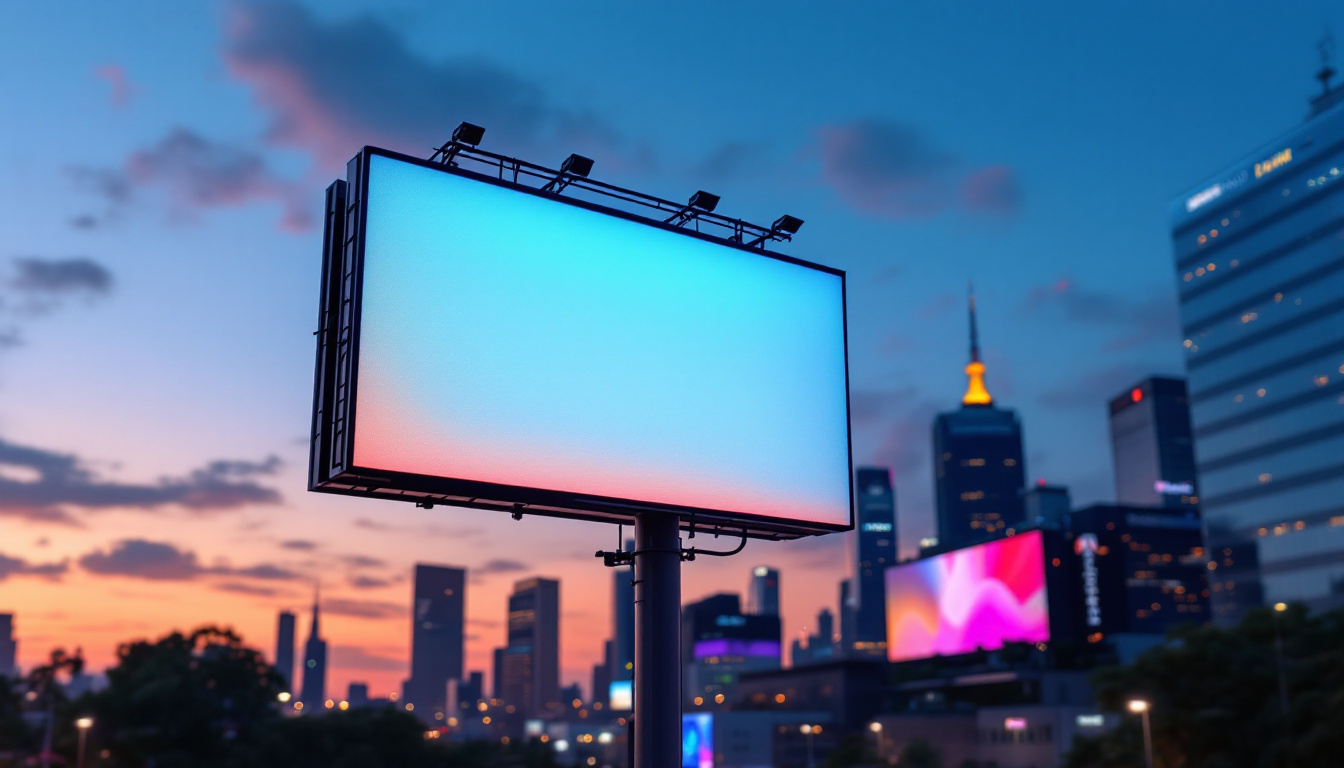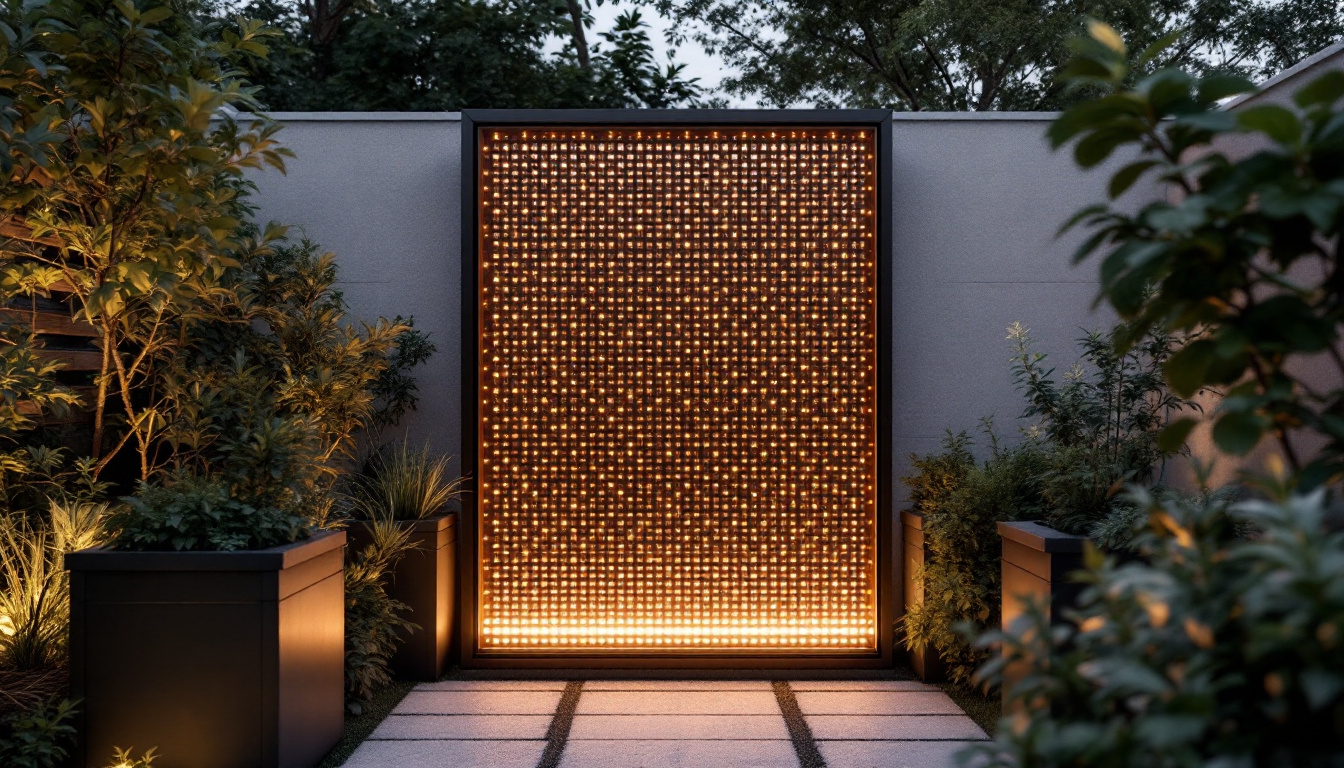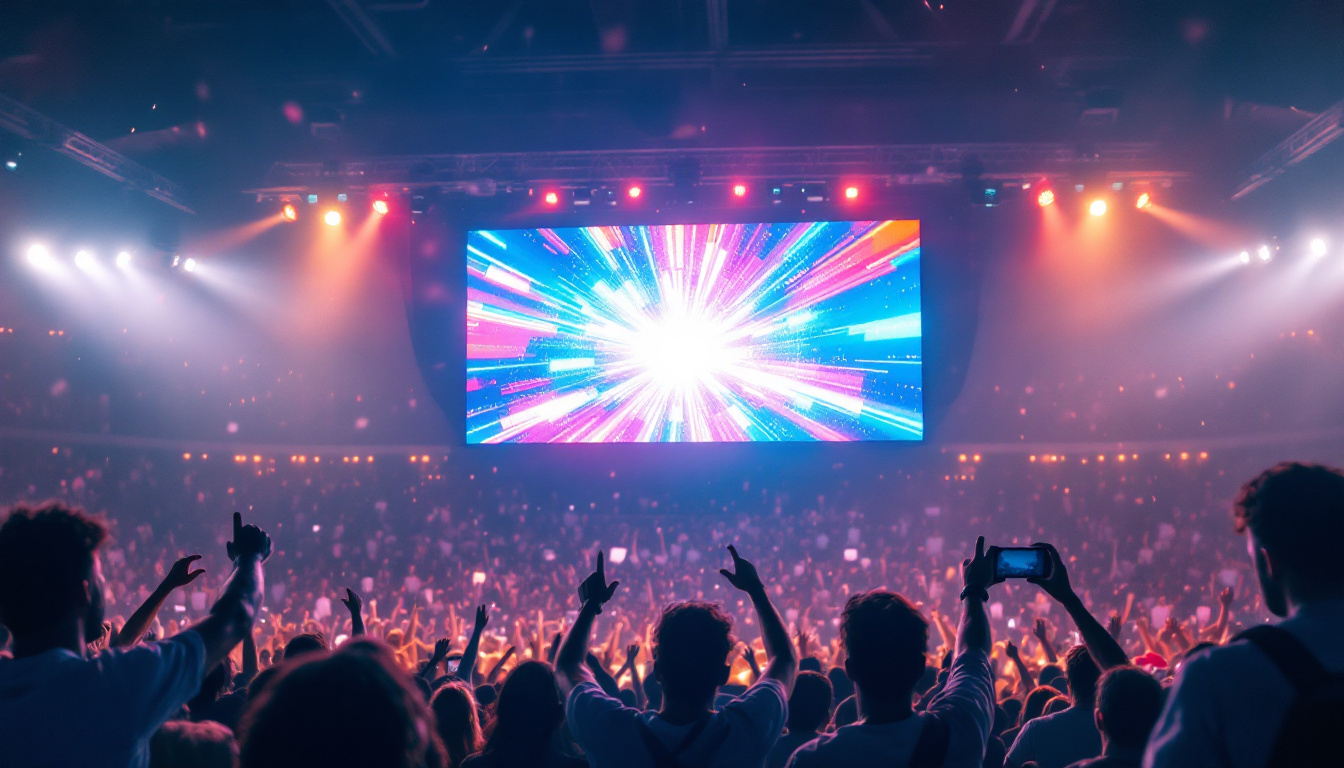In the modern world of advertising, information dissemination, and event presentation, LED displays have emerged as a transformative technology. These displays are not just visually appealing; they also offer a myriad of functionalities that enhance communication and engagement. This article delves into the intricacies of LED displays, their applications, benefits, and the technology behind them.
Understanding LED Technology
Light Emitting Diodes (LEDs) are semiconductor devices that emit light when an electric current passes through them. This technology has revolutionized the way we perceive visual content. Unlike traditional lighting solutions, LEDs are energy-efficient, durable, and available in a variety of colors and sizes. Their low energy consumption not only reduces electricity bills but also contributes to a lower carbon footprint, making them an environmentally friendly choice. Furthermore, the longevity of LEDs—often lasting up to 25,000 hours or more—means less frequent replacements, which is beneficial for both consumers and businesses alike.
The Basics of LED Displays
LED displays are composed of numerous individual LEDs arranged in a grid. Each LED can be controlled independently, allowing for the creation of vibrant images and videos. The resolution of an LED display is determined by the pixel pitch, which is the distance between the centers of two adjacent pixels. A smaller pixel pitch results in a higher resolution and clearer images, making it ideal for close viewing distances. This capability has made LED displays increasingly popular in various sectors, including advertising, entertainment, and information dissemination, as they can deliver dynamic content that captures attention effectively.
Types of LED Displays
There are several types of LED displays, each tailored for specific applications. The most common types include:
- Indoor LED Displays: These are designed for use in controlled environments, such as shopping malls, conference rooms, and theaters. They typically have a finer pixel pitch for high-resolution images. Their versatility allows them to be used for everything from digital signage to immersive experiences in art installations.
- Outdoor LED Displays: Built to withstand the elements, these displays are used for billboards, sports arenas, and outdoor events. They have a coarser pixel pitch to ensure visibility from greater distances. Many outdoor displays are also equipped with advanced technologies to enhance brightness and contrast, ensuring that images remain clear even in direct sunlight.
- Transparent LED Displays: These innovative displays allow for visibility through the screen while still showcasing content, making them perfect for storefronts and exhibitions. This unique feature enables businesses to maintain an open feel while effectively advertising products, creating a striking visual impact that attracts potential customers.
Additionally, there are also flexible LED displays that can be bent or shaped to fit various surfaces, making them ideal for creative installations and unique architectural designs. These flexible options open up new avenues for artistic expression and functional design, allowing creators to push the boundaries of traditional display technology. As LED technology continues to evolve, we can expect even more innovative applications that enhance our visual experiences in both everyday life and specialized settings.
Applications of LED Displays
LED displays are versatile and can be found in various sectors, each leveraging their unique capabilities to enhance communication and engagement.
Advertising and Marketing
In the realm of advertising, LED displays have become a staple. Their ability to showcase dynamic content, such as videos and animations, captures attention more effectively than static billboards. Advertisers can easily update their messages in real-time, allowing for timely promotions and announcements. This adaptability not only maximizes the impact of marketing campaigns but also enables businesses to tailor their messages based on audience demographics and peak viewing times. Moreover, the vibrant colors and high contrast of LED technology ensure that advertisements stand out, even in bright daylight, making them a preferred choice for outdoor advertising.
Events and Entertainment
From concerts to corporate events, LED displays are integral to creating immersive experiences. Large-scale LED screens can display live feeds, graphics, and animations, enhancing the overall atmosphere. Additionally, their flexibility in size and shape allows for creative stage designs. For instance, curved LED panels can create a 360-degree viewing experience, captivating audiences from all angles. The use of LED technology in events also extends to interactive displays, where attendees can engage with the content, making the experience more memorable. This interactivity can range from social media integration, where live tweets or posts are displayed, to gamified elements that encourage audience participation.
Information and Wayfinding
LED displays are increasingly used in public spaces for information dissemination. Airports, train stations, and shopping centers utilize these displays to provide real-time updates, directions, and other essential information to visitors. Their high visibility ensures that messages reach a broad audience effectively. Furthermore, the integration of LED technology with smart systems allows for adaptive content that can change based on factors such as crowd density or time of day. For example, during peak travel hours, displays can prioritize urgent announcements or wayfinding assistance, enhancing the overall efficiency of public transport systems. This capability not only improves user experience but also aids in managing crowd flow, making public spaces safer and more navigable.
Benefits of LED Displays
The advantages of LED displays extend beyond mere aesthetics. Their numerous benefits make them a preferred choice for many applications.
Energy Efficiency
One of the most significant advantages of LED technology is its energy efficiency. LED displays consume considerably less power than traditional display technologies, such as LCD and plasma. This not only reduces operational costs but also minimizes the environmental impact.
Longevity and Durability
LED displays are known for their long lifespan, often lasting up to 100,000 hours. This durability translates to lower maintenance costs and fewer replacements over time. Furthermore, they are resistant to shock and vibration, making them suitable for various environments.
High Brightness and Visibility
LED displays offer superior brightness compared to other display technologies. This high brightness ensures that content remains visible even in direct sunlight, making them ideal for outdoor applications. Additionally, the wide viewing angles of LED displays allow for clear visibility from various positions.
Technological Advancements in LED Displays
As technology continues to evolve, so do LED displays. Recent advancements have introduced new features and capabilities that further enhance their functionality.
Smart LED Displays
Smart LED displays integrate advanced technologies such as artificial intelligence and Internet of Things (IoT) connectivity. These displays can analyze audience engagement, adjust content based on viewer demographics, and even interact with users through touch or gesture recognition.
Flexible and Curved LED Displays
Flexible LED displays have opened up new possibilities in design and installation. These displays can be bent and shaped to fit unique spaces, allowing for creative installations in retail environments and exhibitions. Curved LED displays provide a more immersive viewing experience, particularly in entertainment venues.
High Dynamic Range (HDR) and 4K Resolution
With the advent of HDR and 4K technology, LED displays can now produce stunning visuals with enhanced color accuracy and contrast. This level of detail is particularly beneficial for applications requiring high-quality imagery, such as film production and high-end advertising.
Choosing the Right LED Display
When selecting an LED display, several factors should be considered to ensure it meets the specific needs of the application.
Application Requirements
Understanding the intended use of the display is crucial. For instance, an outdoor display will require different specifications than an indoor one. Considerations include brightness, pixel pitch, and weather resistance.
Budget Considerations
LED displays can vary significantly in price based on size, resolution, and technology. Establishing a budget early in the decision-making process can help narrow down options and ensure a suitable choice without overspending.
Installation and Maintenance
Proper installation and maintenance are essential for maximizing the lifespan and performance of an LED display. It’s advisable to work with experienced professionals who can ensure that the display is set up correctly and maintained over time.
Future Trends in LED Display Technology
The future of LED display technology looks promising, with several trends emerging that are likely to shape the industry.
Increased Integration with Augmented Reality (AR)
As AR technology continues to advance, the integration of LED displays with AR applications is expected to grow. This combination can create interactive experiences that blend the physical and digital worlds, offering new opportunities for marketing and entertainment.
Enhanced Interactivity
Future LED displays are likely to feature even greater interactivity, allowing users to engage with content in innovative ways. Touch-sensitive screens, gesture recognition, and mobile integration will enable audiences to interact with displays more intuitively.
Eco-Friendly Innovations
With a growing emphasis on sustainability, the LED display industry is likely to see advancements aimed at reducing environmental impact. This includes the development of recyclable materials and energy-efficient manufacturing processes, ensuring that LED technology remains a responsible choice for the future.
Conclusion
LED displays have transformed the landscape of visual communication, offering unparalleled advantages in terms of efficiency, durability, and versatility. As technology continues to evolve, these displays will become even more integral to various sectors, enhancing the way information is presented and experienced. Understanding the intricacies of LED displays empowers businesses and organizations to leverage this technology effectively, ensuring they stay ahead in an increasingly competitive environment.
Whether for advertising, events, or information dissemination, the potential of LED displays is vast and continues to grow. As innovations emerge, the possibilities for engaging audiences and enhancing communication are limited only by imagination.
Illuminate Your Space with LumenMatrix
Ready to elevate your visual communication and captivate your audience like never before? Discover the innovative world of LumenMatrix LED display solutions. From vibrant Indoor LED Walls to dynamic Outdoor LED Displays and beyond, LumenMatrix offers a comprehensive range of products designed to bring your brand to life. Embrace the future of digital signage with our cutting-edge technology that promises to revolutionize your space and leave a lasting impression. Check out LumenMatrix LED Display Solutions today and transform your message into a visual masterpiece.

